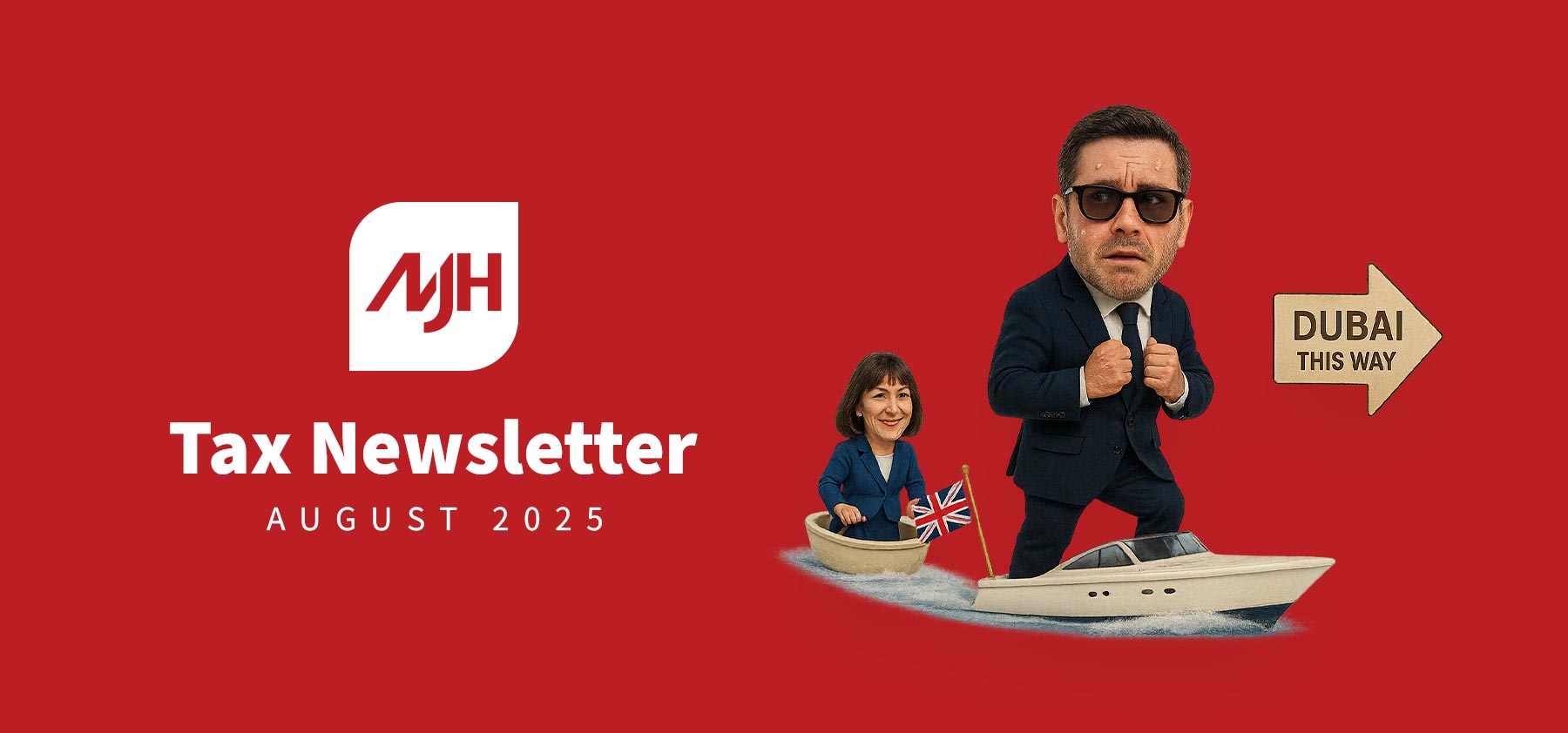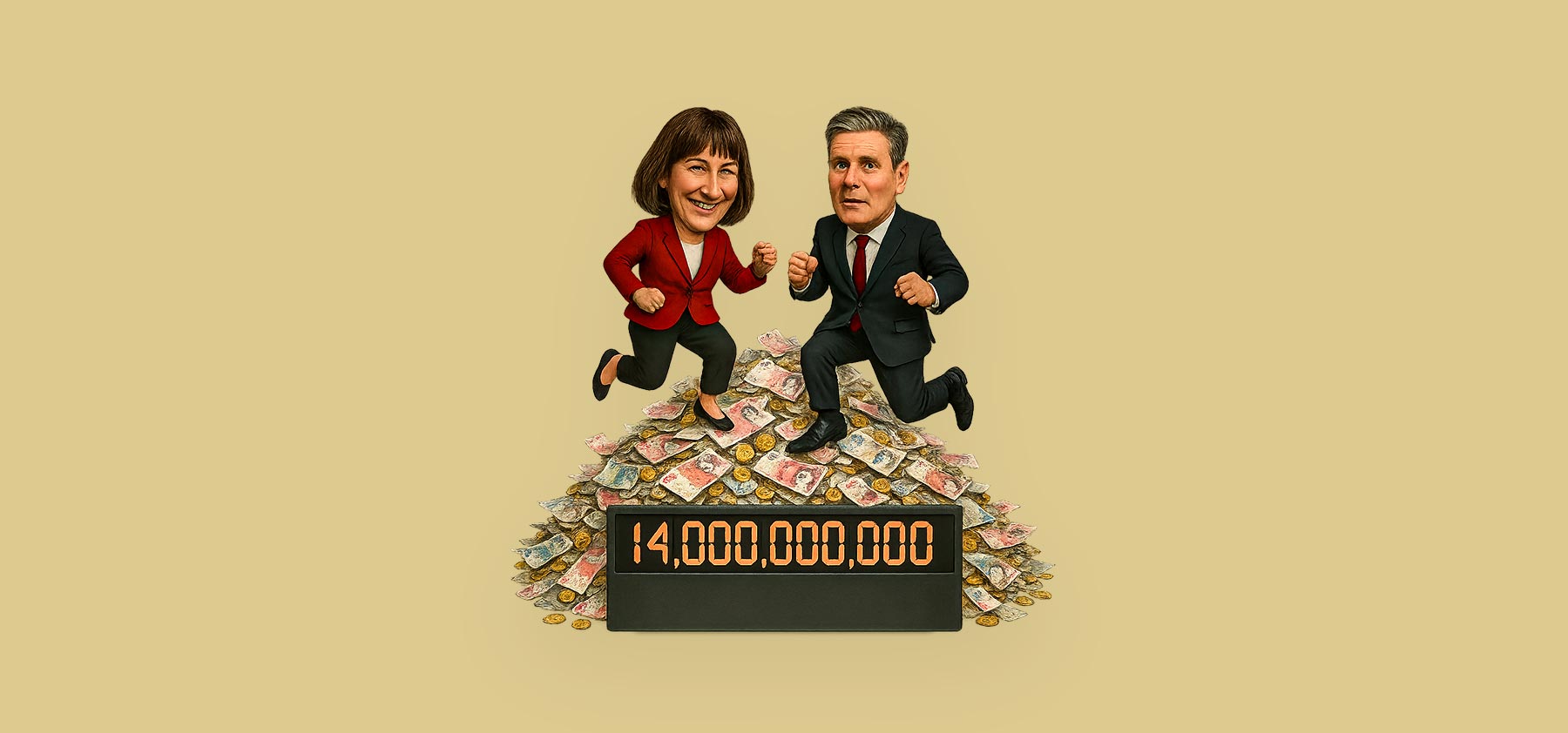
Just how many of the super-rich are fleeing the UK over tax hikes?

Concerns over Chancellor Rachel Reeves’ tax policy shift, scrapping tax benefits for non-domiciled residents (non-doms), has prompted concern amongst high earners. Legal experts warn that UK-based wealthy individuals – not just non-doms – are now considering leaving the UK to reduce their tax liabilities.
Some believe the policy change could cost the Treasury up to £12.2 billion by 2030, despite increased scrutiny from HMRC, especially around statutory residence tests and claims of full-time overseas work, to ensure the correct amount of tax is collected.
However, claims of a mass exodus of UK millionaires due to tax fears are not supported by solid evidence. Reports by Henley & Partners have been misrepresented in the media; they didn’t attribute high earners leaving to Labour’s tax proposals. Also, migration rates of millionaires have consistently been less than 1% annually since 2013.
Tax Justice UK states that the exodus of billionaires is even less. It believes the ‘scare stories’ are distracting from the real debate on wealth taxation and economic fairness.
We may never know the true numbers or impact as HMRC has recently admitted that it doesn’t know how much tax it receives from billionaires or how many of them even pay tax in the UK.
Billions paid into cash ISAs

UK savers deposited a record £14 billion into cash ISAs in April 2024, the highest monthly figure since ISAs were introduced in 1999. The surge is attributed to fears of potential changes to ISA rules under Chancellor Rachel Reeves.
Speculation arose that Ms. Reeves might reduce the tax-free allowance for cash ISAs. Although she confirmed the £20,000 annual ISA limit will remain, she hinted at curbing the cash portion to encourage investment in stocks and shares.
Ms. Reeves aims to boost economic growth by shifting savings from cash ISAs to stocks and shares ISAs. City Minister Emma Reynolds criticised the current system, saying cash ISAs drain investment from the London Stock Exchange. Banks and building societies oppose the changes, arguing cash ISAs are simple, accessible, and support lending.
Speculation will continue up to the Autumn Budget, as Ms. Reeves did not reveal her final plans for ISAs at her Mansion House speech on the 15th of July 2025, as many commentators thought she would.
Tax raid pulls in £300 million less than predicted

Chancellor Rachel Reeves’s £25 billion National Insurance hike brought in £300 million less than expected in its first two months. PAYE income tax and employer NI contributions totalled £37.2 billion in May – up 9.5% from last year but £200 million below forecast.
May borrowing hit £17.7 billion, exceeding the OBR forecast by £600 million and up £700 million from last year. Despite higher tax receipts (£82.5 billion in May), spending outpaced revenue due to inflation-linked benefit increases and running costs.
Given the shortfall in expected revenue from Rachel Reeves’s National Insurance hike and the higher-than-forecast borrowing, future budgets may need more conservative revenue assumptions, especially if economic growth or wage inflation slows. If revenue continues to underperform, the Treasury may consider additional tax increases or new levies to meet fiscal targets. Alternatively, there could be a push to tighten compliance and enforcement to boost receipts without changing rates.
“Time for a wealth tax”, say the rich.

The 2025 Sunday Times Rich List reveals that a small group of 350 families control £772 billion in wealth – enough to fund the UK’s annual healthcare budget three times over.
The group Patriotic Millionaires is urging the UK government to introduce a wealth tax to address inequality and invest in public services like the NHS. Julia Davies, a member of the group, argues that concerns over billionaires leaving the UK are misplaced and that focus should shift to real issues like healthcare.
Here’s a structured overview of how a UK wealth tax could be designed, based on expert proposals and international models:
There could be a proposed threshold of £10 million in net assets with a suggested annual rate of 2% on wealth above the threshold. Alternative models include tiered rates, for example: 1% on £1–10 million, 2% on £10–50 million, 3%+ on £50 million+, or a one-off tax like a temporary levy.
Both Spain and Switzerland have successfully introduced wealth taxes and have not seen a mass exodus of the super-rich. In Switzerland, the wealth tax generates up to 4.5% of total tax revenue.
August Questions and Answers

Q: I was made redundant part way through the last tax year. I was a higher rate taxpayer but now live on income from my savings. What is my Personal Savings Allowance now and can I expect a tax bill?
A: As you were a higher rate taxpayer before being made redundant, you can expect to pay tax on any savings interest over £500 in the last tax year.
Depending on when you go back to work this tax year, you could remain as a basic rate taxpayer, so could earn £1,000 in savings interest tax-free. If you earn less than your personal allowance of £12,570 this tax year, you also receive the ‘starting rate for savers’ – an extra £5,000 tax-free allowance for savings income on top of the personal savings allowance of £1,000.
The starting rate for savers decreases by £1 for every £1 you earn over £12,570, so will disappear completely once you are earning £17,570. If you earn over £37,700 by then end of this tax year, your Personal Savings Allowance will drop to £500 again.
Q: I am a sole trader and have been looking into how to keep my tax bill as low as possible. I’ve heard about an Annual Investment Allowance (AIA) but am unsure if it relates to me. Can you advise please?
A: The AIA allows businesses to deduct the full cost of qualifying purchases (e.g. equipment, machinery, tools) from taxable profits. The current annual limit is £1 million. Eligible items include laptops, office furniture, software, and tools.
It is available for sole traders, limited companies, and partnerships (where all partners are individuals) to claim. So, this can be especially beneficial for small businesses and solopreneurs working from home or cafe’s looking to keep their tax bills low whilst they establish their businesses.
How much you can claim depends on your personal tax rate and how much you spend on qualifying assets. For example, if you’re a higher-rate taxpayer and spent £1,000 on new IT equipment, you could deduct the full £1,000 from your profits, saving you £400 (40% of £1,000).
You must make the claim in the same accounting period that you bought them, through your self-assessment or company tax return. Remember to keep accurate records of these purchases in case HMRC asks for evidence.
Q: I received a letter from HMRC saying I’m owed money. Does that mean I’ve been on the wrong tax code, or is this letter a scam?
A: HMRC has said that it is in the process of sending out four million letters between June and August, telling people they are due a tax refund. These tax calculation letters are known as a P800 form.
HMRC will always send you a letter about tax you’re owed. It will not text, email or call you and use pressure tactics to make you act or hand over personal details. If this happens to you – it is a scam. HMRC usually says it will send you a cheque for the refund, but if it does ask you to reclaim online, make sure you use the correct website address – don’t follow links received in emails or texts.
Most people have straightforward tax affairs and are on the standard tax code: 1257L. However, some employers may have put you on the wrong code due to an admin error, you might have left one job and started a new one in the same month and been paid by both, you might have received Jobseeker’s Allowance – these are all reasons why you might be due a tax refund. You can use an online tax code calculator or speak to us to check you are on the correct tax code.
August Key Dates

1st
– Corporation Tax payments are due for companies with a year-end of 31st October.
19th
– For employers operating PAYE, this is the deadline to send an Employer Payment Summary (EPS) to claim any reduction on what you’ll owe HMRC.
– It is also the deadline for employers operating PAYE to pay HMRC by post, for July.
22nd
– Deadline for employers operating PAYE to pay HMRC electronically, for July.
31st
– Corporation Tax Returns (CT600 form) are due for companies with a year-end of 31st August.
 Book a No-obligation Discovery Call
Book a No-obligation Discovery Call




 Book a Free Discovery Call
Book a Free Discovery Call

